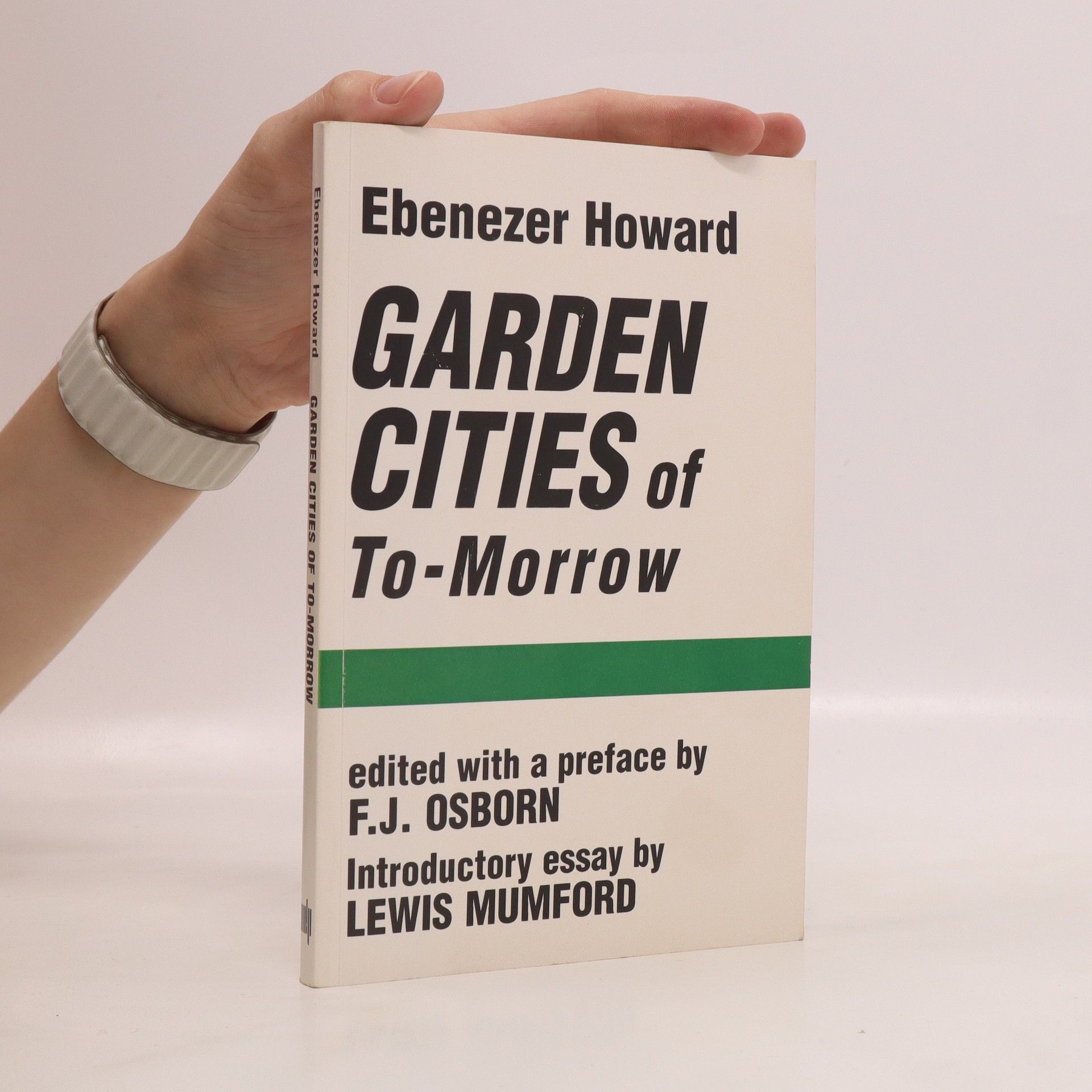Garden Cities of To-Morrow
- 168 pages
- 6 hours of reading
The classic work that introduced the concept of the Garden City. Originally published in 1898 as To-Morrow: A Peaceful Path to Real Reform and reissued in 1902 under its present title, Garden Cities of To-Morrow holds a unique place in town planning literature. The book led directly to two experiments in town-founding that have had a profound influence on practical urban development around the world. The book was also responsible for the introduction of the term Garden City, and set into motion ideas that helped transform town planning.

